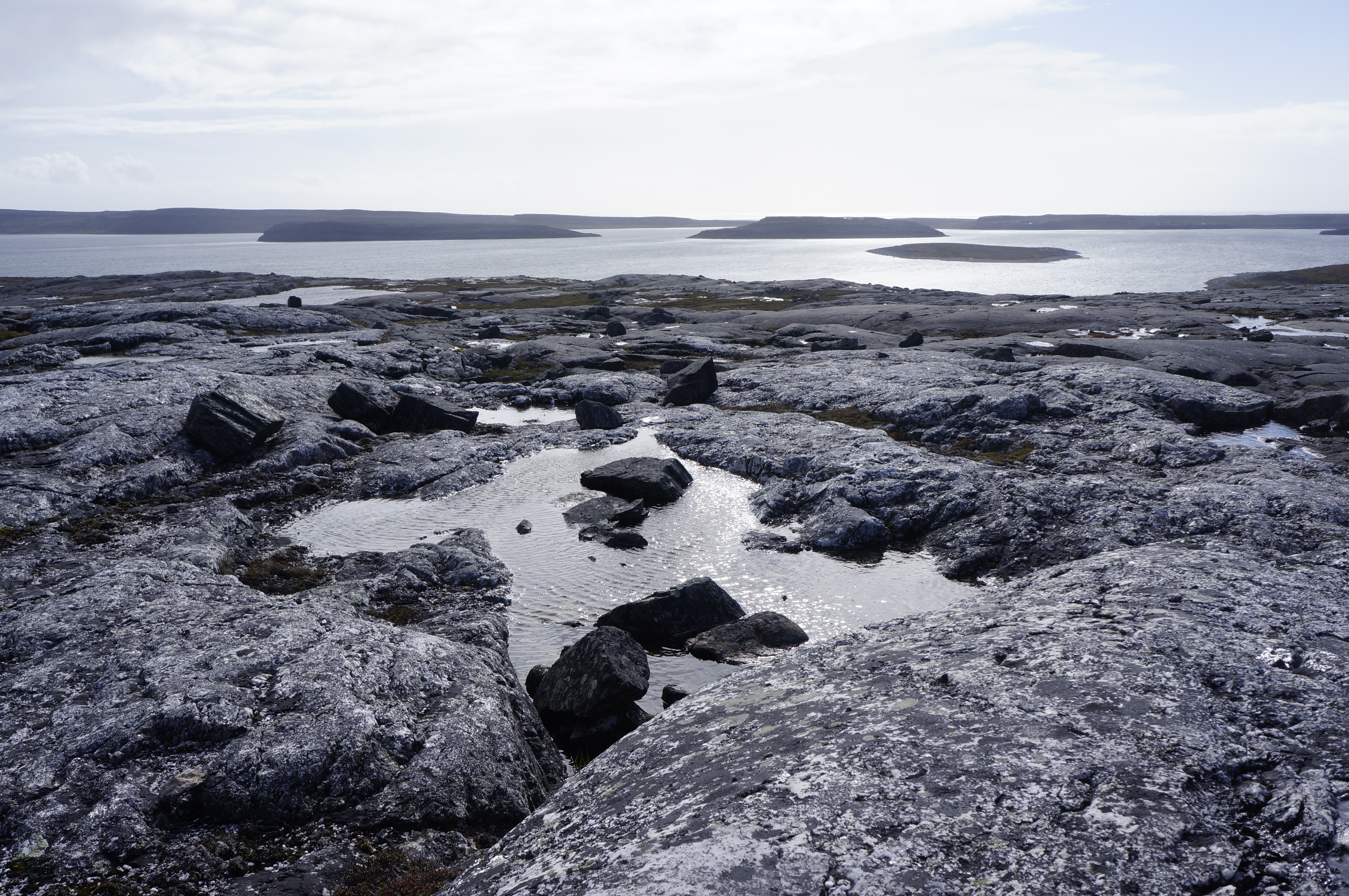Autopsy of Earth’s Earliest Subduction: Clues from 3.8-Billion-Year-Old Rocks
Published in Earth & Environment

The Search for Earth’s First Subduction Zones
One of the most enduring mysteries in Earth sciences is when and how plate tectonics began. Subduction, the process where one tectonic plate sinks beneath another, is a fundamental driver of continental formation, long-term climate regulation, and the cycling of volatile elements like water, carbon, and sulfur between Earth’s surface and its interior. But how far back in time can we trace this process?
Until now, direct evidence of subduction was largely limited to rocks younger than 3 billion years (Ga), leaving a major gap in our understanding of whether plate tectonics existed in Earth’s earliest history, or if the planet was under a very different geodynamic regime.
Our research aimed to push this boundary further back in time. Could geochemical signatures preserved in some of Earth’s oldest rocks reveal whether subduction was already active by the end of the Hadean eon (~ 4 billion years ago)?
Dissecting Earth's Deep Past: A Geochemical Investigation
To explore this question, we turned to some of the oldest preserved crust on Earth: the 3.8 Ga old Innuksuac Complex in Quebec, Canada. These rocks, originally formed as volcanic lavas, were later metamorphosed into amphibolites. Despite this transformation, they retain primary geochemical signatures that hold clues about their formation.
Our investigation focused on two geochemical tracers:
- Sulfur Isotopes: We measured mass-independent sulfur isotope anomalies (S-MIF), a signature produced by photochemical reactions in an anoxic atmosphere. Detecting these anomalies in mantle-derived rocks suggests that ancient sediments carrying atmospheric sulfur were recycled into the deep Earth.
- Neodymium Isotopes: Using high-precision mass spectrometry, we analyzed 142Nd anomalies, which provide insights into early crustal differentiation. These anomalies arise from the decay of now-extinct 146Sm, which was active only before 4 Ga, making 142Nd a unique tracer of Hadean crustal growth and recycling.
By combining these isotope systems, we tested whether ancient sediments containing sulfur exposed to Earth’s primitive atmosphere were later carried into the mantle source of Innuksuac lavas by subduction.

What We Discovered: Subduction at 3.8 Ga?
A striking pattern emerged from the data: Sulfur isotopes revealed that atmospheric signatures were incorporated into mantle-derived magmas through sediment devolatilization at uppermost mantle pressures, providing strong evidence for the subduction of surface materials. Likewise, neodymium isotopes displayed trends typical of modern arc lavas, particularly in subduction zones along continental margins, where the erosion of emerged landmasses supplies large fluxes of terrigenous sediments to subduction systems.
Together, the data indicate that the sediments recycled at 3.8 Ga originated from even older continental material, i.e. proto-continents formed between 4.3 and 4.4 Ga, during the Hadean eon. This suggests that by the end of the Hadean, Earth had already established a dynamic cycle of crust formation, destruction, and recycling, reinforcing the idea that plate-tectonic processes were active earlier than previously thought.
Implications for Earth's Habitability and the Origin of Life
These results have profound implications for early Earth's habitability. Subduction plays a key role in cycling volatiles like water and carbon dioxide, regulating both ocean volume and long-term climate stability. If these processes were already in place by the end of the Hadean, they may have contributed to creating conditions favorable for life at a very early stage of Earth's history.
Another major implication is that continental landmasses may have already emerged in the Hadean. The presence of exposed land would have provided new environments for prebiotic chemistry, beyond the hydrothermal vent settings often invoked in origin-of-life scenarios. If emerged continents already existed in the Hadean, they could have hosted chemical reactions needed for the emergence of life, perhaps in shallow ponds where organic molecules could have concentrated and interacted.
Lastly, Hadean continents would have supplied essential nutrients, such as phosphorus and potassium, to the early oceans, potentially influencing the chemical conditions that shaped the first biological systems.
Looking Forward
While this study provides strong geochemical evidence for early subduction, many questions remain:
- Were these isolated or transient events, or was plate tectonics already operating on a global scale?
- What mechanical conditions enabled subduction to occur on the hotter early Earth?
- Did Hadean proto-continents also form through subduction, or were vertical tectonic processes the dominant mode of crustal growth?
Future work combining geochemical analyses, geodynamic modeling and field exploration will help refine the story of Earth’s early biogeodynamic evolution. Meanwhile, our study highlights how geochemical "autopsies" of Earth’s oldest rocks can reveal long-lost chapters of our planet’s history, bringing us closer to understanding the forces that shaped its evolution, and possibly, the conditions that led to life itself.
Poster Image: Artist's impression of Earth during the Hadean eon (4.0 - 4.5 billion years ago). Credit: Simone Marchi (SwRI)/SSERVI/NASA
Follow the Topic
-
Nature Geoscience

A monthly multi-disciplinary journal aimed at bringing together top-quality research across the entire spectrum of the Earth Sciences along with relevant work in related areas.
Related Collections
With Collections, you can get published faster and increase your visibility.
Geology of the Moon
Publishing Model: Hybrid
Deadline: Jan 31, 2026
Progress towards the Sustainable Development Goals
Publishing Model: Hybrid
Deadline: Ongoing



Please sign in or register for FREE
If you are a registered user on Research Communities by Springer Nature, please sign in